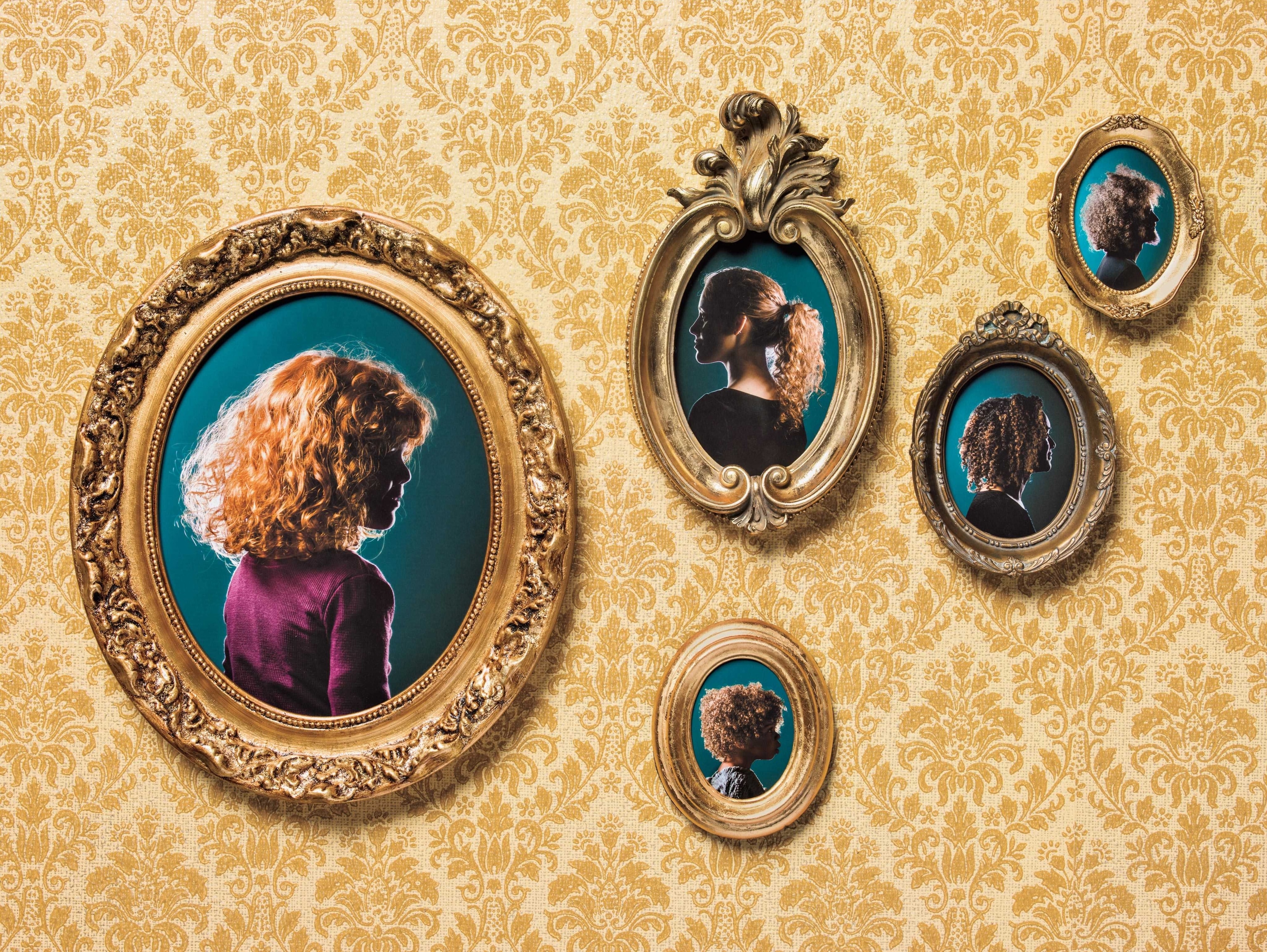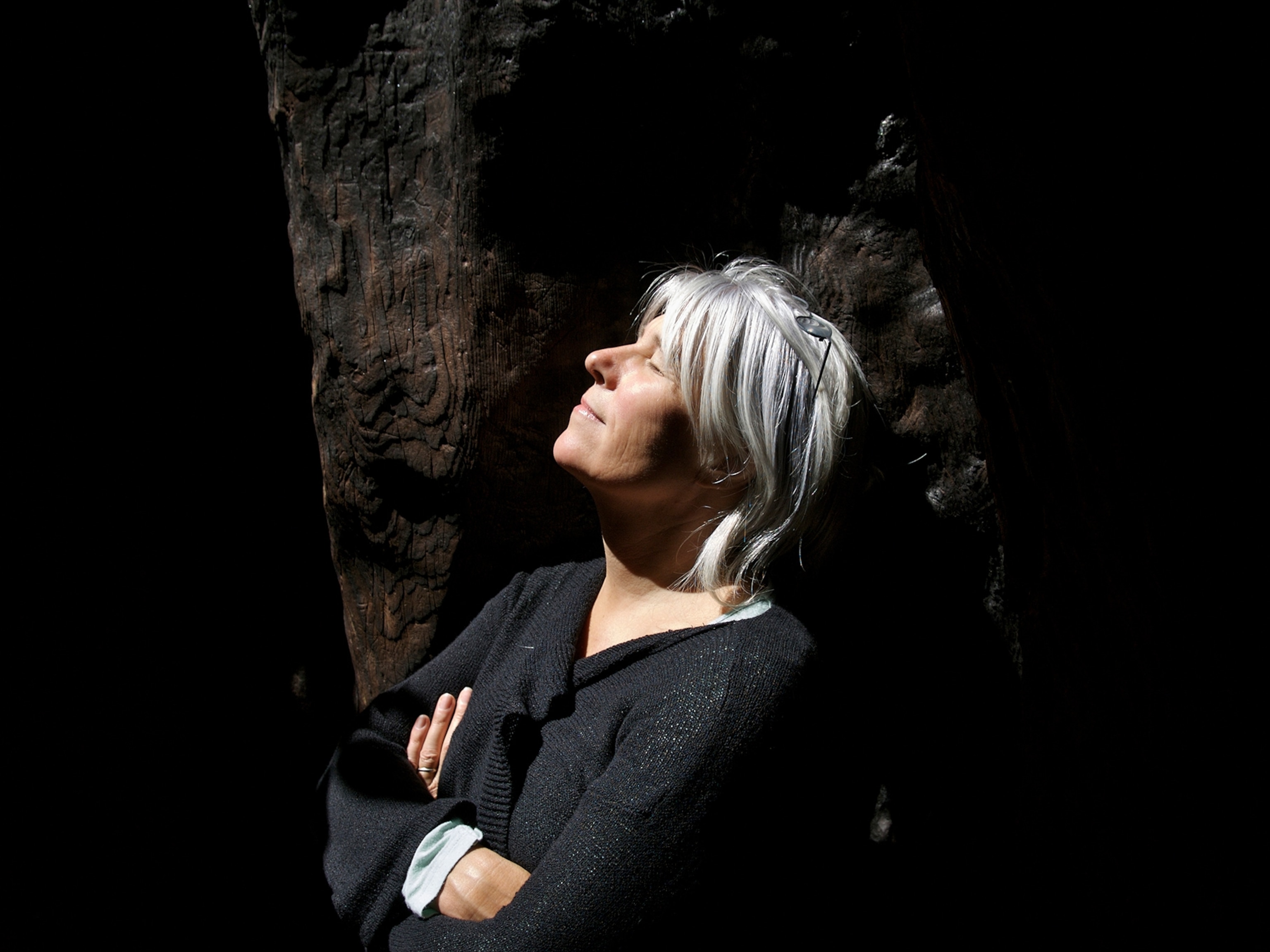
Scientists Untangle the Mysteries of Curly Hair
What puts the crimps and coils into tresses? It’s a matter of gravity, texture, and follicle shape, computer and lab studies show.
If you’ve tangled with a headful of ringlets, crimps, or coils, rest assured: It’s not just you. Even physicists and engineers can be stumped by curly hair. But with computer and lab studies, they’re learning why a curled, flexible material like hair behaves as it does and how to handle it.
How a hair shaft curves is influenced by the interplay among gravity, texture, and the follicle from which the hair grows. Asymmetrical follicles yield hair that curls, symmetrical follicles yield straight hair. The longer curly hair grows, the more complex its structure can be, says a study reported in a journal of the American Physical Society. Although straight hair generally follows a linear course as it emerges from the scalp, curly hair can spiral up or down or even double back on itself.
This unique geometry could make curly hair particularly vulnerable to heat during styling. At Purdue University researchers are investigating how straighter hair may conduct heat better, making it less prone to burning than curly hair. The Purdue team’s goal: to determine which styling temperatures maximize hair health.





